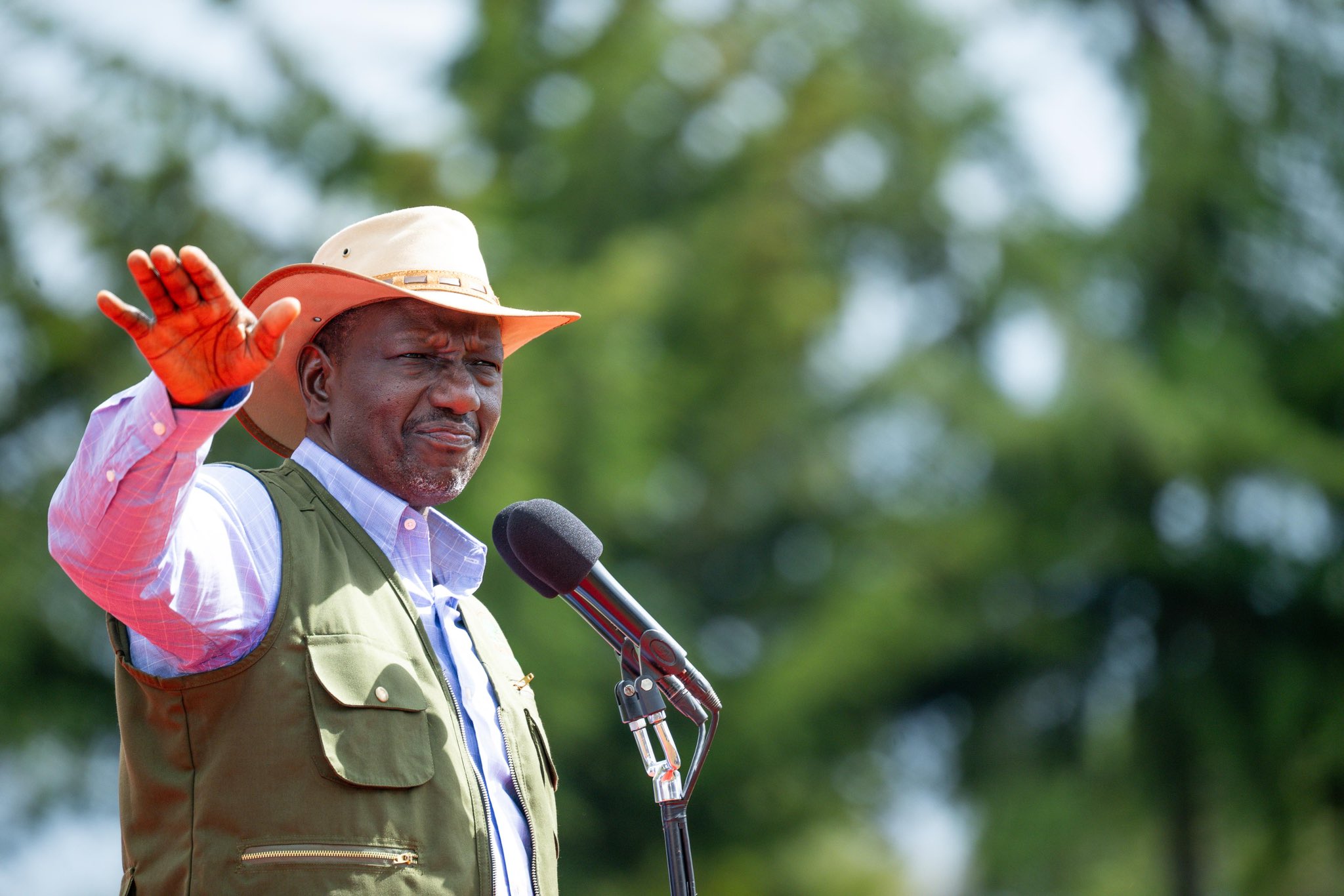
From economic empowerment to governance inclusion, Ruto’s pledges, once hailed as a breath of fresh air, are now viewed by many young Kenyans as hollow commitments. The disillusionment is palpable, and the backlash is growing louder.
In October 2021, Ruto promised to inject Sh100 billion into the economy to create four million jobs for the youth.
He also pledged to waive Kenya Revenue Authority tax penalties for youth-owned businesses and to prioritise payment of their pending bills.
In June 2022, Ruto signed a Youth Charter that outlined 10 key areas of intervention for young people, including business, health, the creative and digital economies, agriculture, education, sports, leadership and governance, security and the blue economy.
The charter promised easier access to government credit, the creation of start-up incubation centres and reforms in the legal and tax environment affecting youth businesses.
It was seen as a strategic move to consolidate youth support ahead of the General Election.
One of the flagship promises was the Financial Inclusion Fund, popularly known as “the Hustler Fund”, meant to offer affordable, instant loans.
After its launch, the Hustler Fund quickly ran into trouble. Though it was launched with a Sh50 billion budget, many users complained that the average disbursement of Sh500 was too little to start or grow any meaningful business.
More critically, the fund’s long-term sustainability has been questioned.
By September 2024, government data showed more than half the borrowers had defaulted on loans amounting to Sh11 billion.
In May this year, Micro, Small and Medium Enterprises Development PS Susan Mang’eni told Parliament that the government planned to write off Sh6 billion in bad loans borrowed by 10 million Kenyans in 2022.
Interestingly, Ruto no longer talks about the Hustler Fund in his many public engagements.
The President also promised tax incentives for companies offering internships and apprenticeships and a stipend for all interns.
However, the implementation has been uneven and controversial, especially among intern doctors, some of whom staged protests over delayed payments.
Ruto also promised to remove Kenyans from the Credit Reference Bureau. At the time, many youths were buried in debt from mobile lending platforms like Fuliza and M-Shwari.
However, that promise remains unfulfilled as many Kenyans grapple with multiple, exploitative online loans.
Another major pledge was to streamline county licences into a single smart licence for Small and Medium Enterprises (SMEs), and to push for legislation mandating the government to settle supplier bills within 30 days.
Both promises remain largely unfulfilled.
While Nairobi county, for instance, has implemented the single business permit model, the licence fee has skyrocketed.
Ruto has also cast the Affordable Housing Programme, digital jobs and the ‘Kazi Majuu’ labour migration initiative as solutions to youth unemployment.
On Wednesday, he claimed the housing programme has created 320,000 jobs.
Yet, analysts and citizens alike argue the impact is minimal, and fails to address the broader unemployment crisis.
The recently released Kenya Country Economic Transformation Outlook 2025 report underscores the gravity of the situation.
It warns that only 20 per cent of the one million young people joining the workforce each year secure formal employment, raising fears of a ‘lost generation’.
Data from the Federation of Kenya Employers confirms that youth, who make up more than 35 per cent of the population, face the highest unemployment rates.
Deputy President Kithure Kindiki acknowledged the crisis on Tuesday, saying the recent youth-led protests had jolted the government into rethinking its job creation strategies.
But Ruto defended his record on Wednesday, arguing that the problem predates his administration.
Still, the anger among young people extends beyond the economy.
The Perceptions on the June 2025 Gen Z Protests report cites abductions, extrajudicial killings, exclusion from decision-making, weak leadership and erosion of the rule of law as key drivers of youth discontent.
Successive protests have shifted focus from economic grievances to demands for justice and accountability.
Ruto had promised to end police brutality, arbitrary arrests and harassment of young people, and to ensure speedy prosecution of perpetrators.
Yet rights groups say more than 140 people have been killed during demonstrations since 2023, many of them young protesters.
The President also vowed to include more young people in leadership, promising that 30 per cent of all appointive positions would go to youth.
He further pledged that county administrators would be drawn from youth ranks. These commitments remain largely unfulfilled.
University funding has emerged as another flashpoint. Students, parents and university administrators have criticised the new model as inadequate.
In the Youth Charter, Ruto promised to increase Higher Education Loans Board allocations in line with the rising cost of living, to waive penalties and interest on existing student loans, and to introduce a grace period for repayment until graduates found jobs.
None of these pledges have been fully realised.
The new Social Health Insurance Fund (SHIF) has also drawn fire.
Though Ruto pledged to improve access, availability and affordability of healthcare through NHIF reforms, the transition to SHIF has sparked public outcry over higher deductions and unclear benefits.
His promise to revive agro-processing factories as a job-creation strategy has also faltered.
The Auditor General reports that County Aggregation and Industrial Parks have stalled in at least 13 counties, plagued by lack of funding, unresolved land issues and procurement irregularities.












